#bee friendly flowers
Explore tagged Tumblr posts
Text

🖤✨
#bee friendly flowers#flowers#green witch#lunar witch#witchyvibes#gemini#witchy blog#magic#witchcraft#baby witch
8 notes
·
View notes
Text
Ways to save the bees!
Here are 3 tips to save the colonies of bees
Plant native bee-friendly plants.
Avoid chemicals that can ham bees
Create bee house and leave nesting sites.
From environmentalist, animator and ASALI Power of The Pollinators creator and director Maya Penn and the Food and Agriculture Organization of the United Nations (FAO) on how you can save our real world bees and other power pollinators!
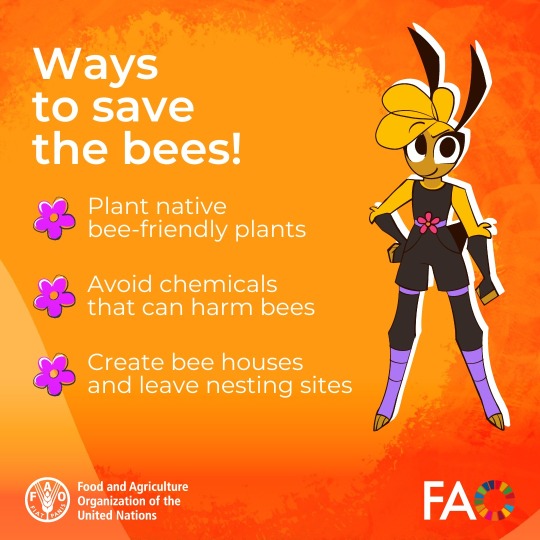
#bee friendly flowers#bee friendly plants#flowering plants#chemicals#nesting sites#ground nesting bees#bee hive#world bee day#Time to act#fao#food and agriculture organization#20 may#save the bees
0 notes
Text



Plant of the Day
Tuesday 26 November 2024
Producing the best display in early autumn the evergreen subshrub Salvia leucantha (Mexican bush sage) produces spikes of small white flowers with conspicuous downy purple clayces popular with bees. The plant needs well-drained soil in full sun or dappled shade in a frost-free border. Cuttings can be taken in autumn and overwintered in a heated glasshouse.
Jill Raggett
#salvia#Mexican bush sage#white flowers#tender#perennial#subshrub#plants#horticulture#gardens#garden#Sussex#Great Dixter#bee friendly#pollinators
71 notes
·
View notes
Text
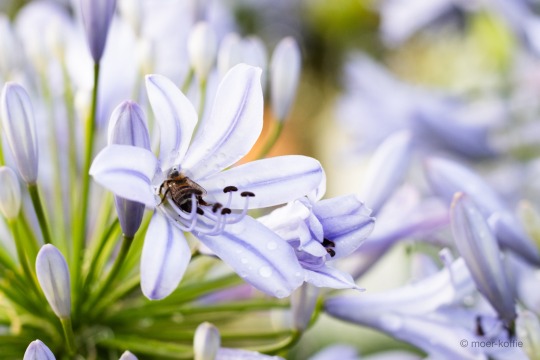

2023.11.17 Pretoria
#tumblr photo blog#original photographers#plant aesthetic#garden core#flower aesthetic#flower#purple flowers#purple aesthetic#bee friendly garden#save the bees
84 notes
·
View notes
Text
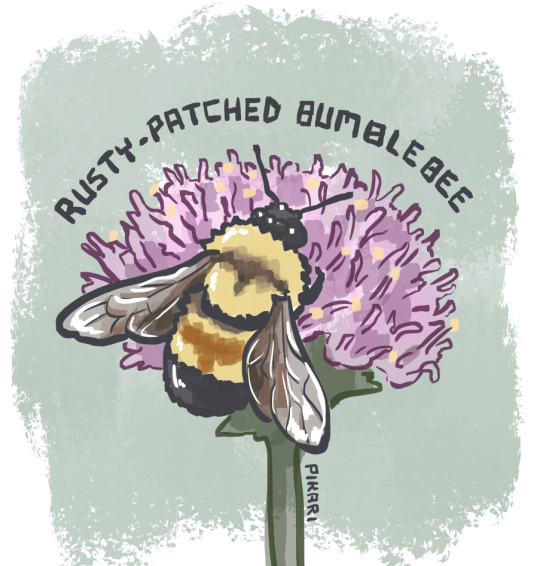
Rusty-patched Bumblebee (Bombus affinis)
Eastern USA and Canada
Status: Critically Endangered
Threats: pesticides, habitat loss, non-native bees, climate change
#friendly neighborhood bee just wants to nom on flowers nom nom#artists on tumblr#pollinators#bug art#bee art#bumblebee#animal illustration#insects#conservation#insect#bee#usa#canada#north america
73 notes
·
View notes
Text
My ass: I don't have an unhealthy and likely neurodivergent attachment to inanimate objects
The humble and sturdy bee flower mug:
#i love this mug so much its actually insane#GUYS IT HAS POLLINATOR FRIENDLY FLOWERS AND BEES ON IT. HOW COULD I NOT LOVE IT
13 notes
·
View notes
Text
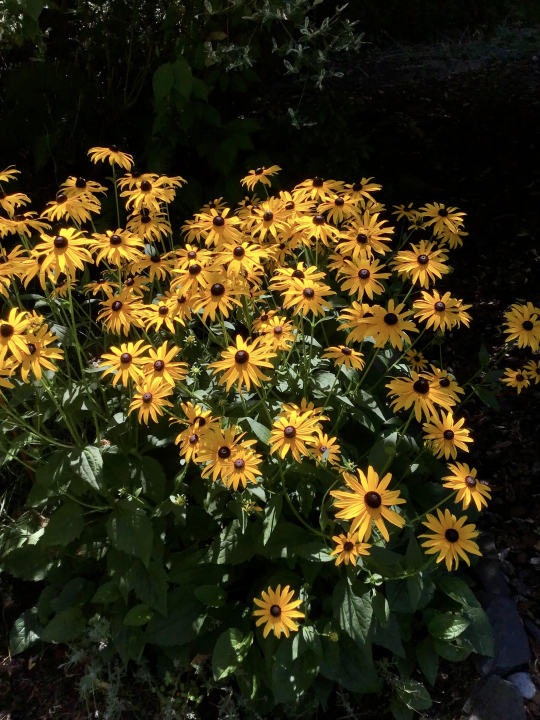
Looking for a cheerful, easy-to-grow flowering perennial? Consider rudbeckia (aka black-eyed susan). Here are some of mine.
57 notes
·
View notes
Text

Always love my little bumblebee friends 🐝🩷
#bumblebee#flower#nature#garden#friends#friendly#friendly bee#happy#pretty#photography#mine#my photo
2 notes
·
View notes
Text
April 2024: The First Week
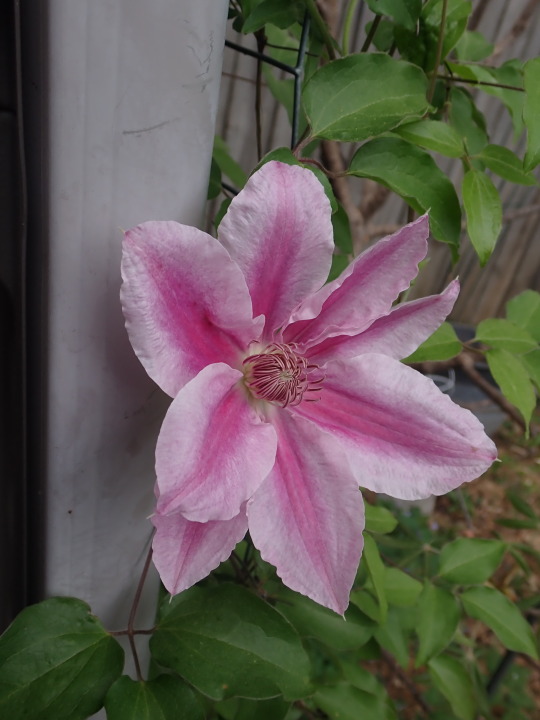
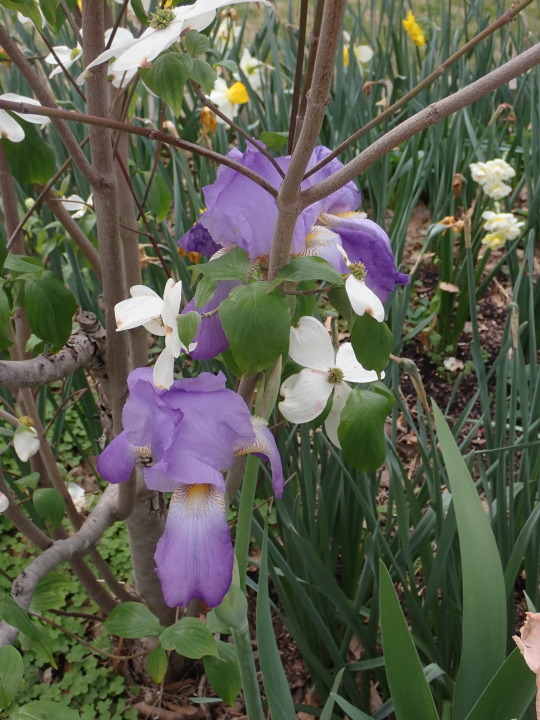


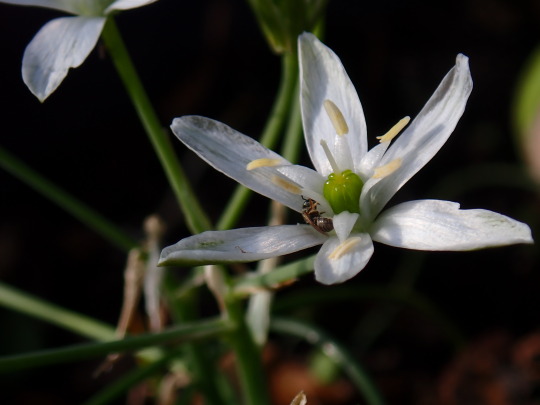

Someone in the neighborhood was giving away "fill dirt" so we have two garbage cans full of free dirt:



Breakfast burrito - bacon, scrambled eggs, lettuce with homegrown cilantro & chives. The pale purple bits are the diced chive blossoms. You could seriously be a "gourmet" if you started to listen to what your grandmother & grandmothers around the world were desperately trying to teach you:

Lini 910 Lambrusca. This is an amazing food friendly sparkling red wine:
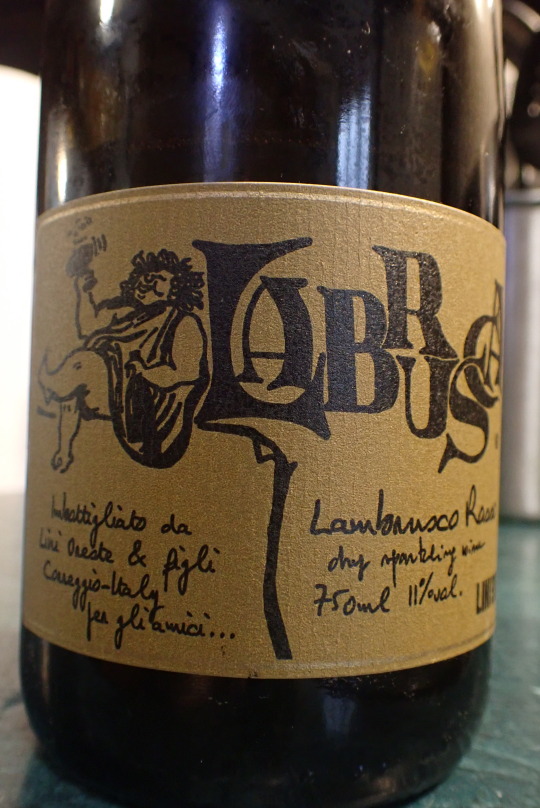
Volunteer cucurbit. We've got at least six of these coming up & we won't know what they are until they form their secondary leaves:
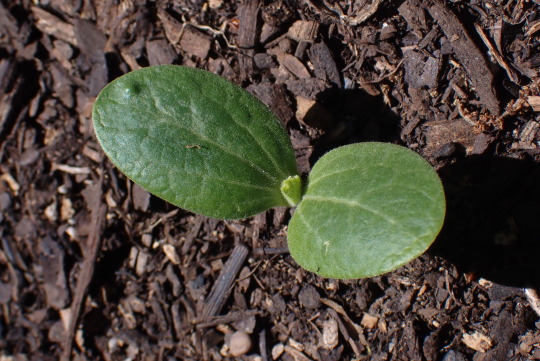
#garden#backyard garden#flower#clematis#front yard#iris#dogwood#chive#chive blossom#bee#tiny bee#beetle#star of bethlehem#gardening#dirt#oak tree#breakfast#breakfast burrito#lettuce#bacon#scrambled eggs#chives#chive blossoms#cilantro#lini 910#lambrusco#food friendly#sparkling red#volunteer plant#volunteer cucurbit
5 notes
·
View notes
Text

The dandelions are back! Lone dandelion in the ivy
#dandelion#nature#nature in the city#dandelion of the day#london#city wildlife#urban dandelion#spring in the city#spring flowers#wild flowers#bee friendly
5 notes
·
View notes
Text
We may not have the most exciting or blooming garden in the world but we do have:
Ladybirds living on the holly (eating aphids)
Blackbirds regularly hopping about, eating the few slugs that ever actually appear, and picking up leaves from the lawn for their nests
Finches, sparrows, and tits (haha) chattering to each other in crowds on the one small tree
Many different kinds of visiting bee and wasp
And this is relatively normal for a Scottish garden so it's not just us and even if we could do better by our wildlife, it still makes me happy to know they're there
#Also woodlice but they're everwhere round here#When we lived in England we even had a toad that lived at the bottom of the garden#We do try to make a hospitable environment for the species that come along but we're not very good at it#So we can't really take credit for this except in what we don't do or refuse to do#I think the key is to keep things somewhat tidy but not too much#Every other garden on our street- even the ones that are supposed to be wildlife friendly- are so TIDY#There's no fallen branches for insects to hide under and no worms and slugs in the lawn because of overcutting#Thus no food for birds and no places for them to hide either#We also have a hedgerow which helps#We also have a hedgerow of hawthorn and beech and holly instead of a fence so I think that helps#And for a long time we had an elderly dog who couldn't chase anything herself but it kept the cats away#(I love cats but they shouldn't be allowed to just roam around threatening wildlife and shitting in the flowers)#We could do much better#We need more early food for bees so I will try to remember to plant some muscarii or something this autumn#And we do need to do some tidying soon but on the whole I am happy with it#It's nice to think that the ordinary British garden can be adequate for wildlife without any work really#Obviously we could make it a haven if we put the work in#But it's as much about what we're NOT doing (excessive use of weedkiller and insecticides; overtidying)#As what we are doing (planting pollinator friendly plants)#Especially this year it's been a year of birds#There are SO many of them because they have lots of places to hide and it has a great result#Because the few slugs and things we have tend to get picked off by them before they do serious damae#And the slugs that don't I tend to spot and put in the compost heap where they can be useful#By contrast our small back garden is an awful example#Astroturf and paving stones and no shelter and no plants/food- even the weeds aren't flowering ones like dandelions#I'm gradually trying to improve it as we get a lot of sun and there are fences so less wind#It will be good for growing fruit and veg but there's no point in even putting birdseed or flowers back there#No birds or bees will go near it until we make substantial improvements#Even if I fill it with plants it will have no other wildlife except insects as there is nowhere for them to perch and hide#It will just be pots and paving stones
7 notes
·
View notes
Text
What make a flower bee-friendly?
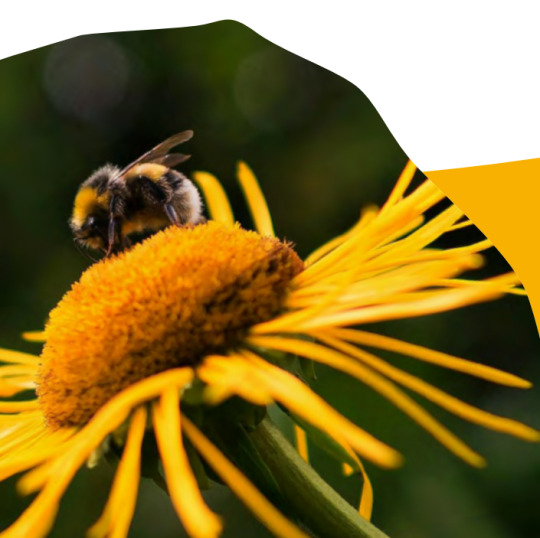
It provides a healthy diet. Flowers that attract bees provide abundant nectar and pollen, the only sources of carbohydrates and protein in a bee’s diet. While some bees, called “generalists,” aren’t picky about the type of flower, others are “specialists” and need pollen from particular plants.
It’s the right color. If you thought red or yellow was a bee’s favorite flower color, guess again. They actually see flowers in the blue and purple color spectrum better than other hues and are naturally attracted to them. (Interestingly, flowers in the blue-purple range produce the most nectar.) Bees can also see ultraviolet light, and many flowers have ultraviolet nectar guides that are invisible to us but lead bees right to their sweet treat.
It’s the perfect shape. Some bees prefer certain flowers because of their shape. Often these preferences are determined by the length of a bee’s tongue. For example, long-tongued bees seek out tubular, deep-throated blooms while short-tongued species visit flowers with easily accessible nectar, such as those in the daisy family.
It's just the right size. Sizewise, honeybees often flock to tiny flowers, while larger bees shun them because they are too small to support their weight.
It's single. Regardless of flower shape or size, avoid cultivars with showy double flowers. While attractive, they often make it more difficult for bees to access nectar and pollen than single flowers.
It’s chemical-free. Don't treat your flowers with pesticides, which are extremely toxic to honeybees and other beneficial insects. Instead, opt for eco-friendly treatments and apply them in early morning or at dusk when there are few bees around. Also, avoid buying plants pretreated with systemic chemicals that, even in small doses, can be harmful to bees.
It blooms at the right time. Although spring and summer may seem to be when bees are at their busiest, some early-emerging bees rely on pollen and nectar from late winter and very early spring blooms. In the fall, bees feast on late-blooming plants in preparation for winter hibernation.
Early-season bloomers: Crocus, hyacinth, primrose, hellebore, maples, redbuds, willows, oaks, and dandelion
Late-season bloomers: Potentilla, viburnum, aster, sunflower, goldenrod.
Join the virtual event entitled “Bee engaged with Youth” to celebrate with us the World Bee Day 2024!
#crocus#hyancinth#primerose#mapples#redbuds#willow#oaks#dandelion#potentilla#viburnum#sunflower#blue globe allium#stiff goldenrod#bees#flowering plants#honey bee#bee friendly flowers#bee engaged with youth
1 note
·
View note
Text


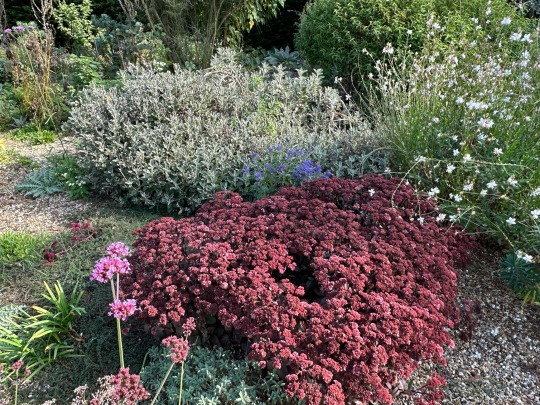
Plant of the Day
Sunday 22 October 2023
Best grown in full sun Hylotelephium telephium (Atropurpureum Group) 'Karfunkelstein' (sedum, stonecrop, orpine) produces masses of small individual pink flower heads during late summer and these persist into the winter providing structure and colour. The new fleshy foliage growth had a purple/blue sheen.
Jill Raggett
#Hylotelephium#sedum#stonecrop#orpine#pink flowers#succulent#horticulture#dry garden#gravel garden#plants#gardens#garden#essex#Beth Chatto Garden#herbaceousperennial#bee friendly#pollinators
88 notes
·
View notes
Text
How to create a summer garden that attracts pollinators
Are you wondering how to create a summer garden that attracts pollinators? 🌻🐝 Check out our infographic with simple steps to get started! Save it, share it, and use it to transform your garden into a pollinator paradise.

Looking for more resources on gardening? Head over to www.yardener.com and browse our collection of resources. We update regularly, so be sure to save our website for future reference. We offer a variety of content, including infographics, articles, and tips to help you create a thriving garden ecosystem. Check it out today!
#Attract Pollinators#Summer garden#Attracting bees#Sustainable gardening#Flowering plants#Habitat restoration#Garden design#Butterfly garden#Hummingbirds#Insect-friendly#Organic gardening#Plant diversity#Ecosystem health#Perennials#gardening free resources#gardening resources#gardening information’s#gardening informative website#gardening free care guide#gardening everything
4 notes
·
View notes
Text


New (tiny) friend 🐸 🌱🌿
#meows#frogs#since I’ve planted my first pollinator friendly garden#I’ve seen: frogs. butterflies. bees. and fireflies#I also have a hummingbird feeder and a regular bird feeder#haven’t seen any hummingbirds but i do get my fair share of#sparrows. mourning doves. cardinals. blue jays.#and something else I can’t remember.#and for reference beforehand I had like none of that#what I’d like to do is knock down the weird metal railing and clear out that part of the garden#and put something else. probably more pollinator flowers and some bushes#don’t ask about the front beds all they have are these#pink and green plant things. forgot what they’re called
5 notes
·
View notes
Text
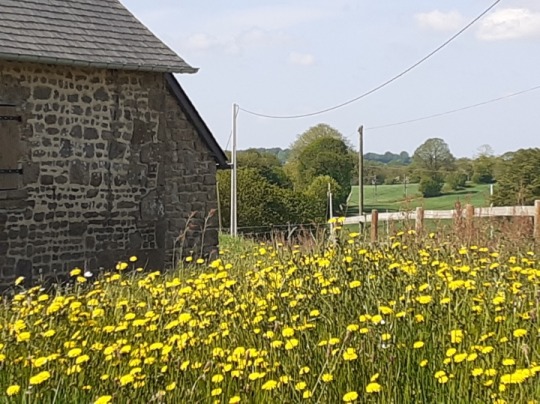
Another neighbour taking up #nomowmay
3 notes
·
View notes